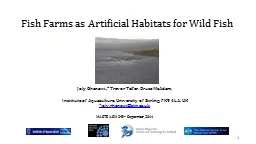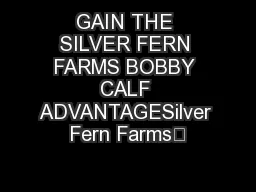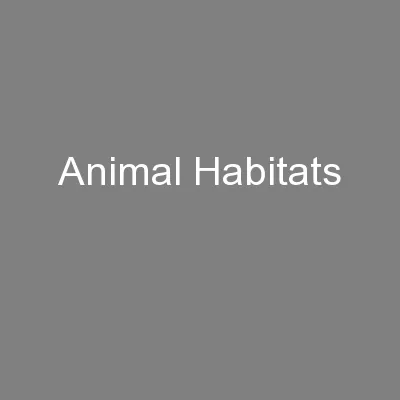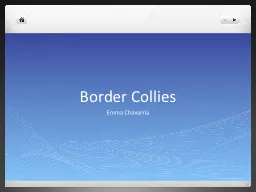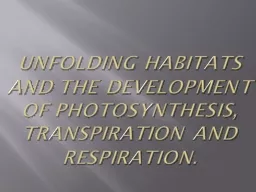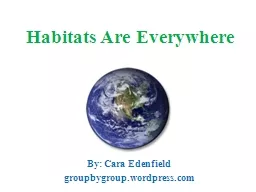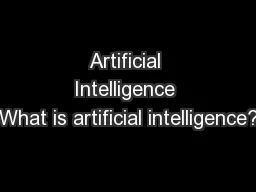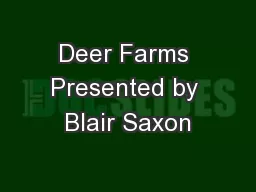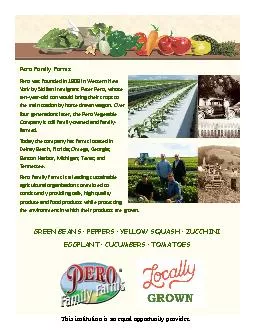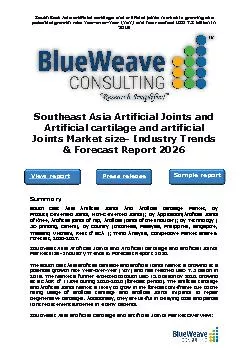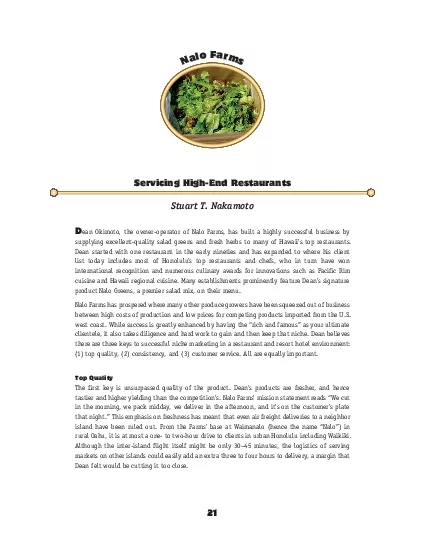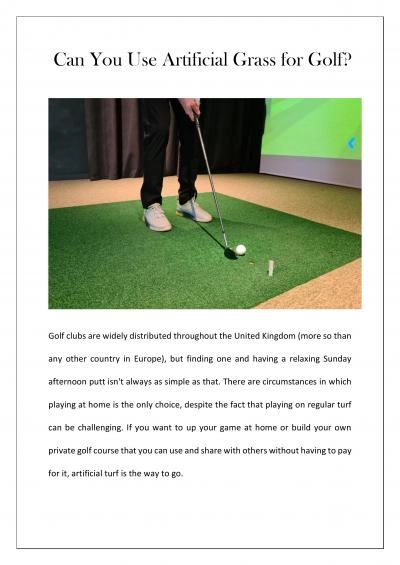PPT-Fish Farms as Artificial Habitats for Wild Fish
Author : conchita-marotz | Published Date : 2016-09-13
1 Joly Ghanawi Trevor Telfer Bruce McAdam Institute of Aquaculture University of Stirling FK9 4LA UK jolyghanawistiracuk MASTS ASM 35 th September 2014
Presentation Embed Code
Download Presentation
Download Presentation The PPT/PDF document "Fish Farms as Artificial Habitats for Wi..." is the property of its rightful owner. Permission is granted to download and print the materials on this website for personal, non-commercial use only, and to display it on your personal computer provided you do not modify the materials and that you retain all copyright notices contained in the materials. By downloading content from our website, you accept the terms of this agreement.
Fish Farms as Artificial Habitats for Wild Fish: Transcript
Download Rules Of Document
"Fish Farms as Artificial Habitats for Wild Fish"The content belongs to its owner. You may download and print it for personal use, without modification, and keep all copyright notices. By downloading, you agree to these terms.
Related Documents

